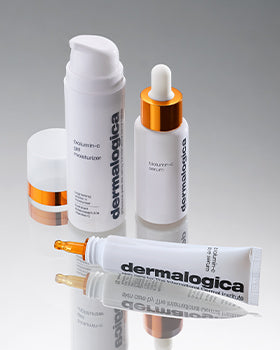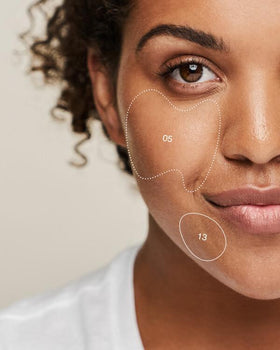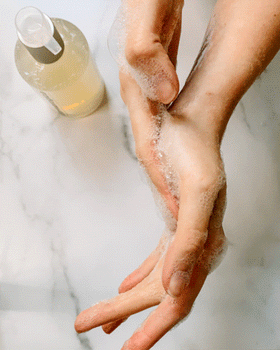When it comes to skin ageing, UV rays are a known top contributor – but research is mounting against blue light. This form of visible light also known as high-energy visible (HEV) light.
where does blue light come from?
Blue light is in sunlight, smartphones, and other electronic devices. This form of light is the short-wavelength blue/violet band of the visible light spectrum. This spectrum makes up about 35% of the sun's electromagnetic radiation.
what blue light does to skin
Studies suggest that blue light may penetrate skin, generate free radicals, and break down collagen. Too much blue light may also darken hyperpigmentation, especially in deeper skin tones. It is important to note that research is still nascent in this area, and more needs to be done.
how to protect your skin from blue light
Wear a physical (aka mineral) sunscreen that contains Zinc Oxide, like Invisible Physical Defense SPF30. This ingredient helps protect skin against blue light. It also helps protect skin against UV rays – which pose a greater known threat. You can also use a chemical sunscreen like Clear Start's Clearing Defense spf30 which will slow down the damage caused to your skin from low wavelengths whether they be from the UV rays (the sun) or blue spectrum light. Sunlight and electronic devices reach skin both indoors and out, so it's important to protect your skin even if you're indoors most of the day. Supplementing your skin care regimen with antioxidants like Matcha Green Tea may also help. Such antioxidants counter free radical damage that occurs from UV and visible light.




